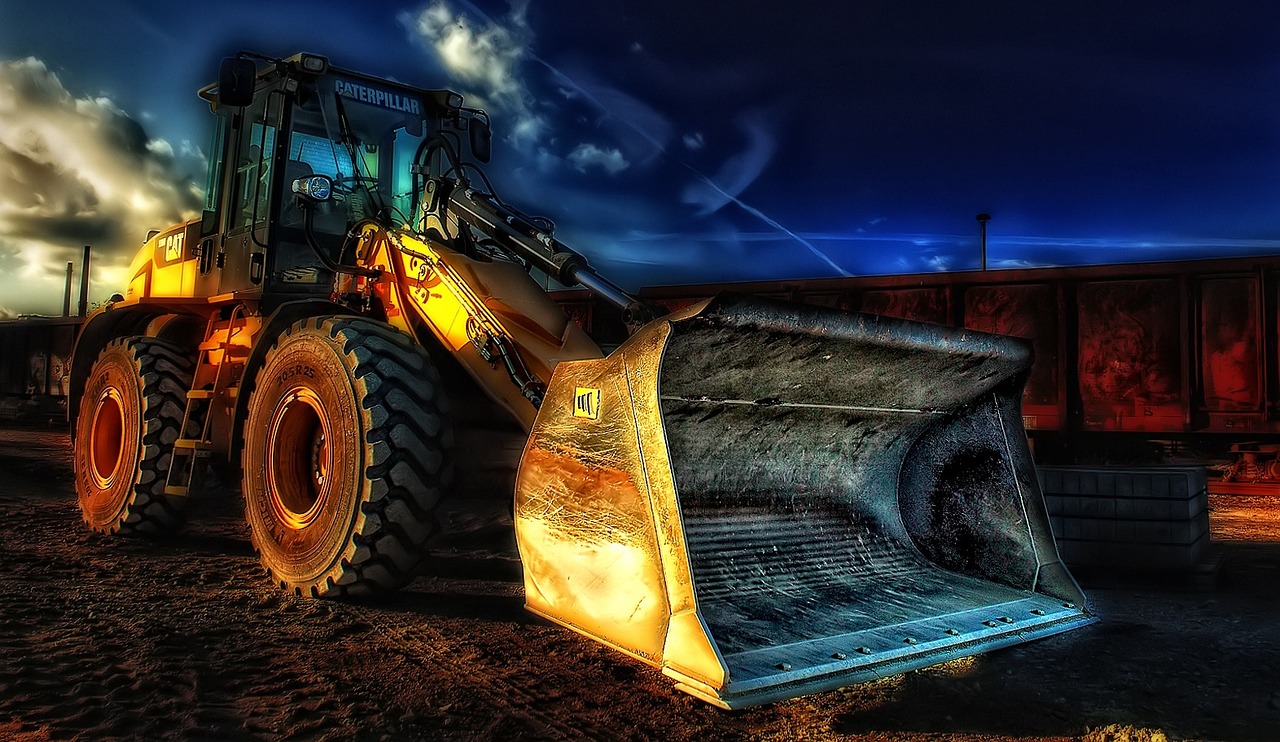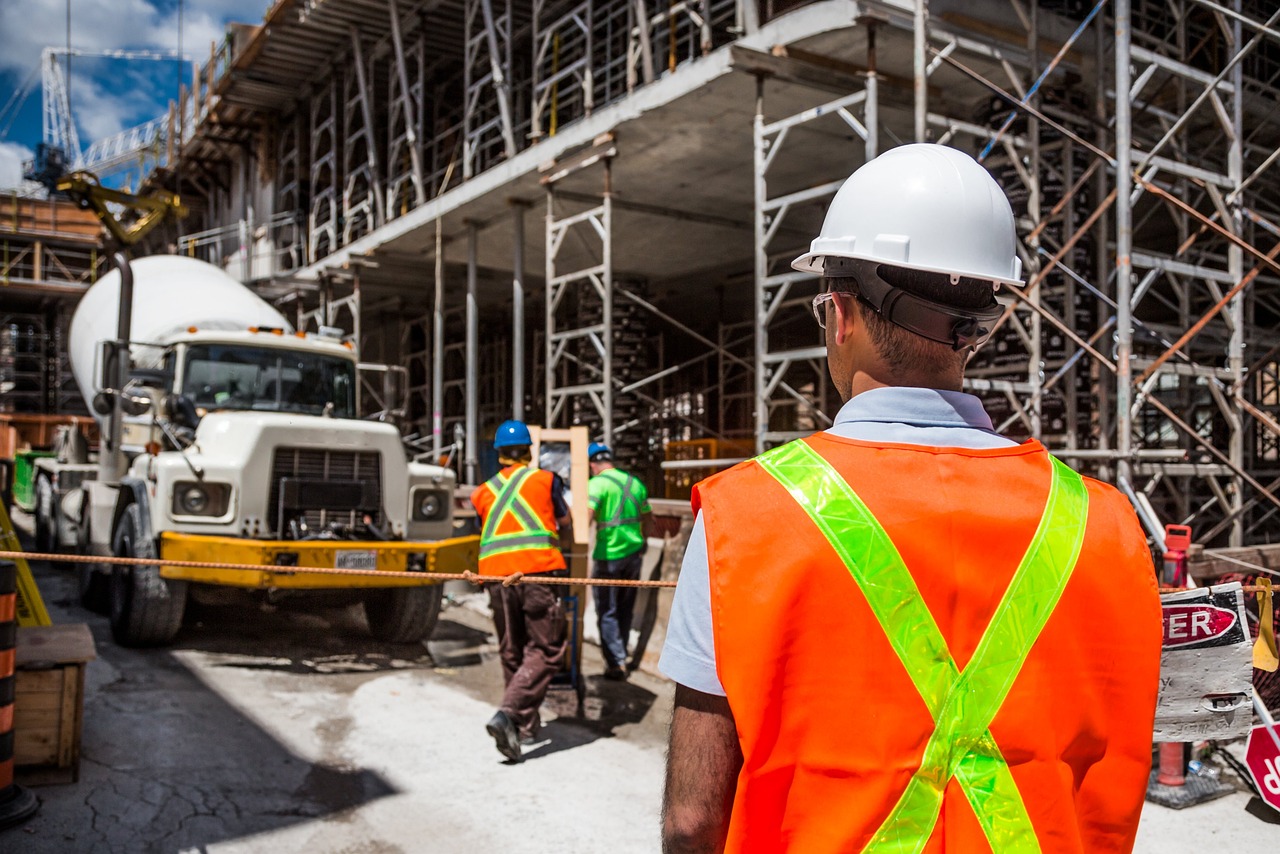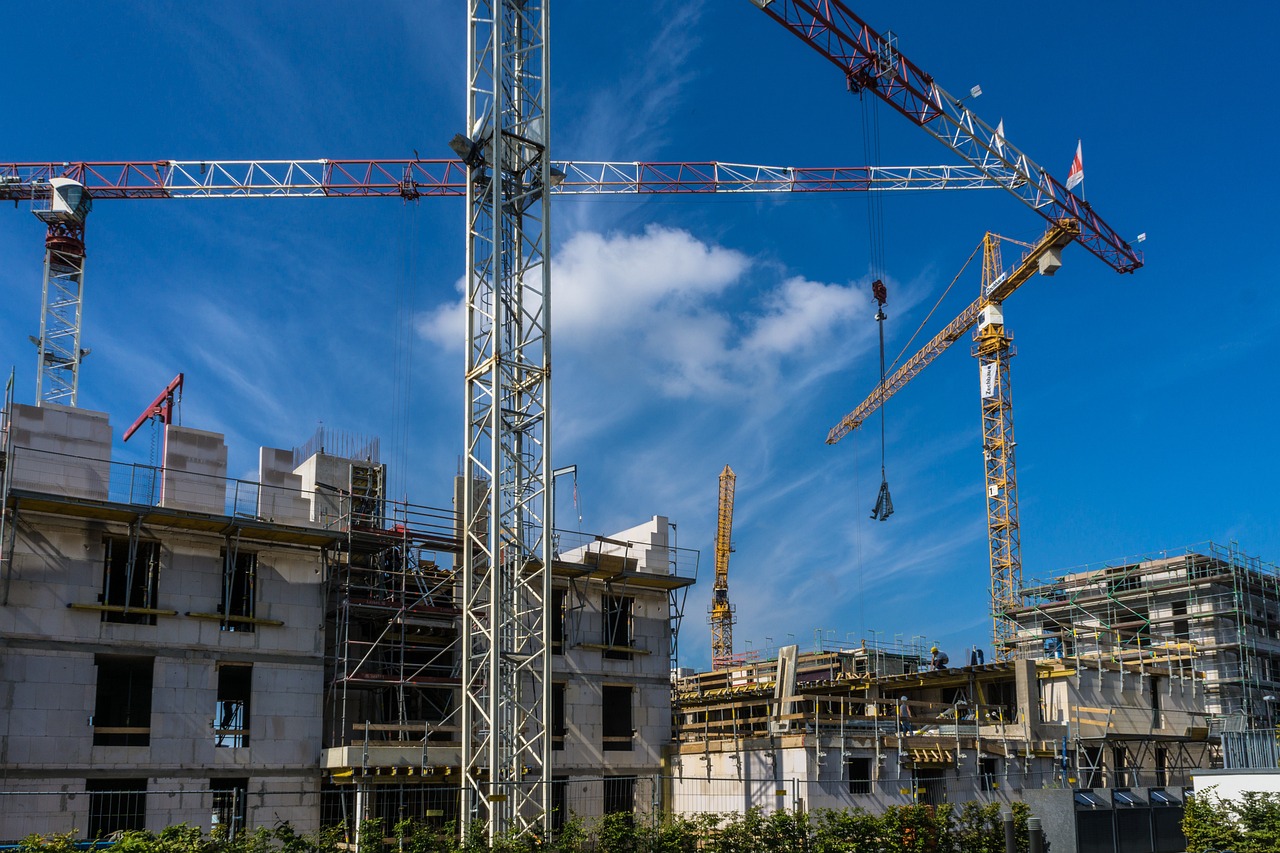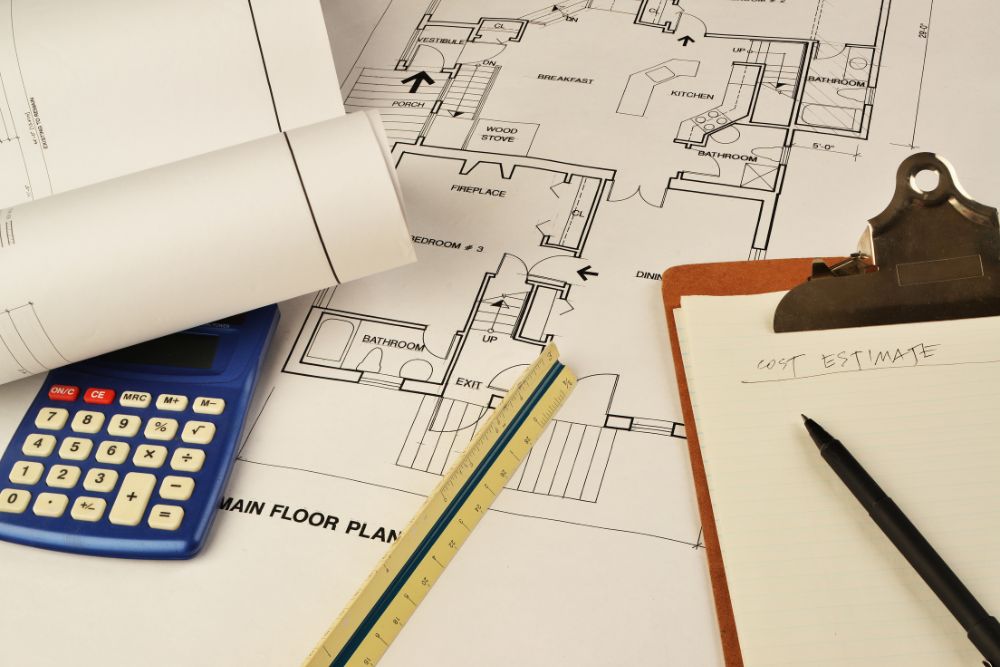Landscaping can transform any outdoor area into a beautiful and inviting space. However, it also comes with its challenges. Understanding 7 common landscaping challenges and their solutions helps homeowners and contractors plan effectively. Poor planning, using unsuitable materials, or ignoring expert advice can make landscaping more complicated and costly.
These mistakes often lead to soil erosion, water damage, and higher maintenance costs. With careful planning and professional estimating support, you can create a landscape that is both beautiful and cost-efficient. In this blog, we’ll explore these 7 common landscaping challenges and their solutions. Along with easy tips to make your landscaping project smoother and more successful.
Why You Should Know About Landscaping Problems
Every landscaping project looks exciting at first, but it can come with hidden challenges. Recognizing these problems early helps you plan effectively and avoid costly mistakes.
When you understand the issues, you can select the right materials and design a better drainage system. You can also maintain a good balance between your plants and hard surfaces. It also makes budgeting easier and prevents unwanted surprises during the project.
In short, knowing landscaping challenges helps you save time, reduce stress, and create the outdoor space you have always wanted.
7 Common Landscaping Challenges and Their Solutions
Landscaping offers numerous benefits, but it also presents unique challenges. Let’s examine seven common problems and learn how to handle them wisely.
1. Privacy Can Be Costly
Creating privacy in your yard can be expensive. Fences and large trees can be costly and time-consuming to install or maintain.
The Solution:
Use fast-growing, affordable plants like bamboo or climbing vines. They provide natural privacy and improve your yard’s look. If you’re unsure about costs, construction takeoff services can help you estimate expenses accurately.
2. Runoff and Erosion Problems
Heavy rain or poor drainage can cause soil erosion, leading to the wash away of nutrients. Runoff water may also increase your water bills and damage plants.
The Solution:
Install retaining walls, gravel beds, or paving stones to manage water flow. These help prevent erosion and protect your landscape. A landscaping estimator can guide you on budget-friendly drainage solutions.
3. Landscaping on Slopes
Sloped areas are hard to work with. Soil and plants often slide down, making it challenging to maintain a clean and stable look.
The Solution:
To keep things simple, consider artificial turf as an option. It’s low-maintenance, prevents erosion, and looks great all year. If you prefer natural plants, use terracing or retaining walls to stabilize the soil.
4. Balancing Hardscape and Softscape
Finding the right mix of hard surfaces and plants can be difficult, especially in small yards. Too much of either can ruin the design.
The Solution:
Plan your layout carefully. Place patios, paths, and plants in a balanced way. Use shade-friendly plants for areas under trees or near walls. A good plan helps you achieve a natural, functional design.
5. High Maintenance Costs
Maintaining lawns, gardens, and irrigation systems can quickly become an expensive endeavor. Frequent watering, soil refilling, and pruning add to ongoing costs.
The Solution:
Reduce maintenance by incorporating more hardscape elements, such as walkways or stone features. Choose low-maintenance plants and efficient irrigation systems. This lowers both effort and expense in the long run.
6. Drainage Issues
Improper grading can cause water to flow toward your home, damaging the foundation and the yard. Poor drainage also leads to standing water, which harms plants.
The Solution:
Regrade the soil to redirect water away from your house. Consider installing drainage pipes or gravel trenches for better water flow. Hiring a landscaping estimator ensures accurate planning and budgeting for these fixes.
7. Expensive Backfills
Backfilling materials, such as crushed stone or trench fill, can be expensive. The wrong choice can increase your project costs.
The Solution:
Use fill dirt or recycled material from other projects for backfilling. It’s cost-effective and still reliable. Just make sure it’s compact and suitable for the area you’re working on.
Tips to Overcome Landscaping Challenges
Creating a beautiful landscape takes more than just planting trees and flowers. With proper planning and care, you can prevent common problems and effectively maintain your outdoor space. Here are easy tips to help you overcome 7 common landscaping challenges and their solutions and achieve lasting results:
- Choose the Right Plants: Select native plants that match your local climate and require less maintenance.
- Prepare the Soil Well: Test your soil and mix in compost to help plants grow strong.
- Water Wisely: Use drip irrigation and water early in the morning to save water.
- Use Mulch and Ground Covers: They hold moisture, stop weeds, and protect the soil.
- Plan Smartly: Balance hardscape features (like patios) with plants for optimal drainage and design.
- Keep It Simple and Green: Opt for low-maintenance plants, reuse materials, and minimize chemical use for an eco-friendly yard.
FAQs
What Should I Do If My Yard Is Too Shady For Most Plants?
Shady areas receive less sunlight, making plant growth more challenging. For this reason, pick shade-tolerant plants such as ferns or hostas. Additionally, trim tree branches to allow more light to pass through. Using light-colored mulch or stones can brighten the area and support healthy plant growth.
How Can I Prevent Soil Erosion On A Slope?
Slopes often lose soil during heavy rain. To prevent this, plant ground covers with strong roots, such as ivy or creeping thyme. Another option is to build retaining walls or terraces to hold the soil. You can also use erosion control mats to protect bare soil until the plants have established.
What Are Some Eco-Friendly Landscaping Practices?
Eco-friendly landscaping saves water and protects the environment. One way is to use native plants that need less care. Besides that, add mulch and compost to enrich the soil. You can also collect rainwater for irrigation. Avoid chemical fertilizers or pesticides to maintain a healthy garden.
How Can I Manage Pests Without Chemicals?
Chemical pesticides can harm both plants and helpful insects. Instead, introduce natural predators, such as ladybugs, to control pests. Alternatively, apply neem oil, which is safe and effective. You may also use nets or row covers to keep pests away. This keeps your plants protected naturally.
How Can I Prevent Weeds From Taking Over My Garden?
Weeds compete with plants for water and nutrients. To avoid this, spread mulch around plants to block weed growth. Additionally, place landscape fabric under the mulch for extra protection. Also, pull weeds regularly before they have a chance to spread. This keeps your garden neat and healthy.
Conclusion
Landscaping enhances the beauty and value of your property. Knowing 7 common landscaping challenges and their solutions is crucial for success. Implement solutions like proper plant selection, efficient irrigation, and balanced hardscape design. These steps help prevent common problems.
Professional guidance ensures a well-executed landscape. Prime Estimation offers expert Landscaping Estimating Services. We provide accurate cost estimates, takeoffs, and planning support.
Contact us today to make your landscaping project stress-free, efficient, and cost-effective.













